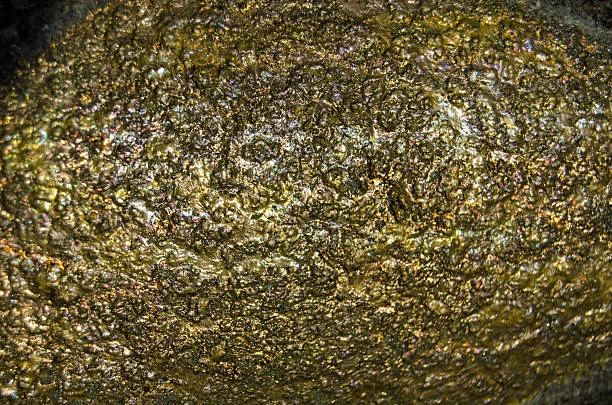
Introduction
The hydrometallurgical process of cyanide gold slime is a crucial method in the extraction and refining of gold. Cyanide gold slime, a by - product in the gold mining and extraction process, contains valuable amounts of gold and other precious metals. This process utilizes chemical reactions in aqueous solutions to selectively dissolve and separate gold from the slime, offering several advantages over traditional pyrometallurgical methods.
Process Flow
Pretreatment of Gold Slime
1.Crushing and Grinding
Initially, the cyanide gold slime, which may be in lumpy or coarse - grained forms, undergoes crushing. Crushers, such as jaw crushers or cone crushers, are used to reduce the large - sized slime into smaller pieces. This is followed by grinding. Ball mills or rod mills are commonly employed to grind the slime to a fine - grained size, typically in the range where a high proportion of the particles are - 200 mesh. This fine - grinding is essential as it increases the surface area of the gold - bearing materials, facilitating better contact with the leaching agents in the subsequent steps.
2.Removal of Impurities
Before leaching, impurities like sawdust, large - sized non - metallic particles, and some base metals need to be removed. Physical separation methods such as screening and gravity separation are often used. For example, vibrating screens can be used to separate out larger - sized impurities, while gravity - based separators like jigs or shaking tables can be employed to separate heavy - density gold - bearing particles from lighter impurities.
Cyanide Leaching
1.Leaching Agent Addition
Cyanide, usually in the form of sodium cyanide (NaCN) or potassium cyanide (KCN), is added to the pretreated gold slime in a leaching tank. In the presence of oxygen, the cyanide reacts with gold to form soluble gold - cyanide compounds.
The concentration of the cyanide solution is carefully controlled, typically in the range of 0.05% - 0.1% for optimal gold dissolution. Lime (CaO) is also added to the leaching system to adjust the pH value. Maintaining a high - alkaline environment (pH around 10 - 11) helps to prevent the breakdown of cyanide and reduces the loss of cyanide due to evaporation.
2.Aeration and Stirring
To ensure efficient reaction, air is continuously introduced into the leaching tank. Aeration provides the necessary oxygen for the reaction with gold. Stirring, which can be achieved through mechanical agitators or pneumatic stirrers, helps in maintaining a homogeneous mixture of the gold slime, cyanide solution, and oxygen. This ensures that all the gold - bearing particles are exposed to the leaching agents, and the reaction proceeds uniformly. The leaching time usually ranges from 24 to 48 hours, depending on the characteristics of the gold slime, such as the gold - particle size and the presence of other interfering substances.
Separation of Gold - Bearing Solution
1.Solid - Liquid Separation
After the leaching process, the mixture in the leaching tank contains solid residues (tailings) and a liquid phase that contains the dissolved gold - cyanide compounds. Solid - liquid separation is carried out using methods like filtration or sedimentation. In filtration, filter presses or vacuum filters can be used. Filter presses apply pressure to force the liquid through filter media, while vacuum filters create a vacuum to draw the liquid through the filter. Sedimentation involves allowing the solid particles to settle at the bottom of a tank under the influence of gravity. Flocculants may be added to enhance the sedimentation process by causing the fine - sized solid particles to clump together and settle more quickly.
2.Purification of the Gold - Bearing Solution
The separated gold - bearing solution may still contain some impurities, such as suspended solids, fine - sized particles, and certain dissolved metals. Purification steps are taken to remove these impurities. Filtration through fine - mesh filters, such as cartridge filters, can remove suspended solids. Ion - exchange resins or activated carbon can be used to absorb and remove trace amounts of other dissolved metals or organic contaminants that could interfere with the subsequent gold - recovery steps.
Gold Recovery from the Solution
1.Carbon - in - Pulp (CIP) or Carbon - in - Leach (CIL) Process
In the CIP process, activated carbon is added to the gold - bearing solution after leaching. The activated carbon has a high affinity for gold - cyanide compounds, and it adsorbs the gold onto its surface. The carbon - gold - bearing solution is then passed through a series of adsorption tanks, where the gold - cyanide compounds are continuously adsorbed onto the carbon. In the CIL process, the activated carbon is added directly to the leaching tank, so that the leaching and adsorption processes occur simultaneously. This can potentially increase the overall efficiency of the gold - recovery process as it reduces the handling of the solution between leaching and adsorption steps.
After the adsorption process, the gold - loaded carbon is separated from the solution. This can be achieved through screening or using a carbon - recovery system. The gold - loaded carbon is then transferred to the desorption stage.
2.Desorption and Electrolysis
For desorption of gold from the loaded carbon, methods such as the Zadra process are commonly used. In the Zadra process, the gold - loaded carbon is treated with a hot solution of sodium hydroxide (NaOH) and sodium cyanide (NaCN) at a temperature of around 85 - 95 °C. This causes the gold - cyanide compounds to be released from the carbon and enter the solution, forming a rich or “pregnant” solution.
The pregnant solution is then subjected to electrolysis. In an electrolytic cell, an electric current is passed through the solution. At the cathode, the gold - cyanide compounds are transformed, and metallic gold is deposited on the cathode surface. The deposited gold can be scraped off or removed from the cathode for further refining.
Refining of Gold
1.Purification of Crude Gold
The gold obtained from the electrolysis step is often in a crude form and contains some impurities. To purify it, processes such as dissolving it in a special mixture and subsequent precipitation are used. A mixture of concentrated hydrochloric acid (HCl) and concentrated nitric acid (HNO₃) can dissolve gold and some of the impurities. After dissolution, selective precipitation methods are employed to remove the impurities. For example, by adding appropriate substances, the gold can be selectively separated while leaving many of the impurities in solution.
2.Final Refining to High - Purity Gold
The precipitated gold is further refined to achieve high - purity levels, typically 99.99% or higher. Methods such as electrorefining can be used. In electrorefining, the crude gold is made the anode, and a pure gold sheet is made the cathode in an electrolytic cell with an appropriate electrolyte. When an electric current is passed, the gold at the anode dissolves and is redeposited on the cathode in a purer form. The impurities either remain in solution or form a sludge at the bottom of the cell, resulting in highly pure gold at the cathode.
Advantages of the Hydrometallurgical Process
1.Higher Gold Recovery Rates
Compared to some traditional mining and extraction methods, the hydrometallurgical process of cyanide gold slime can achieve higher gold - recovery rates. By carefully controlling the leaching conditions, such as the cyanide concentration, pH, temperature, and reaction time, a large proportion of the gold in the slime can be dissolved and recovered. In many cases, recovery rates of over 90% can be achieved, depending on the nature of the gold slime.
2.Gentler on the Environment (Relatively)
While the use of cyanide in the process requires strict environmental controls, the hydrometallurgical process, when properly managed, can be more environmentally friendly compared to pyrometallurgical methods. Pyrometallurgical processes often involve high - temperature operations that consume large amounts of energy and can produce significant amounts of greenhouse - gas emissions. In contrast, the hydrometallurgical process operates at relatively lower temperatures and can have better - controlled emissions of pollutants. Additionally, with proper treatment, the cyanide - containing waste solutions can be detoxified to meet environmental regulations.
Conclusion
The hydrometallurgical process of cyanide gold slime is a sophisticated and widely used method for gold extraction and refining. It offers high gold - recovery rates, adaptability to complex ores, and relatively better environmental performance when compared to some traditional methods. However, the use of cyanide in the process necessitates strict environmental controls to ensure the safety of workers and the protection of the environment. With ongoing research and development, improvements in the process, such as more efficient cyanide - free leaching methods and enhanced waste - treatment technologies, are being explored to further optimize the gold - extraction process and reduce its environmental footprint.
- Random article
- Popular articles
- Popular comments
- Magnetic separation and beneficiation process for bauxite
- Hg-ore gravity separation process
- Gold Ore Thiourea Beneficiation
- Sand gold beneficiation process
- Arsenic Gold Ore Wet Chemical Pretreatment Process
- Nickel ore priority flotation process(Sulfide ore)
- Nickel ore magnetic separation+flotation combined process(Sulfide ore)



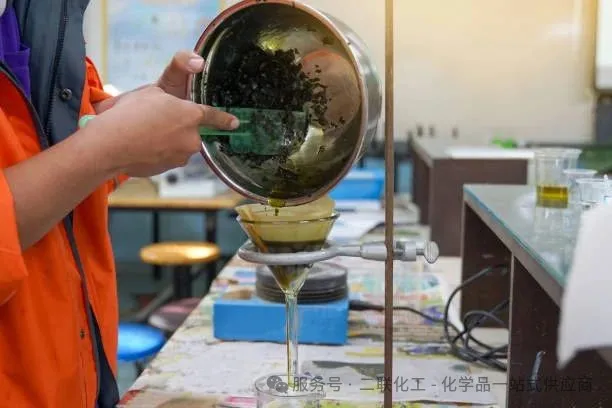
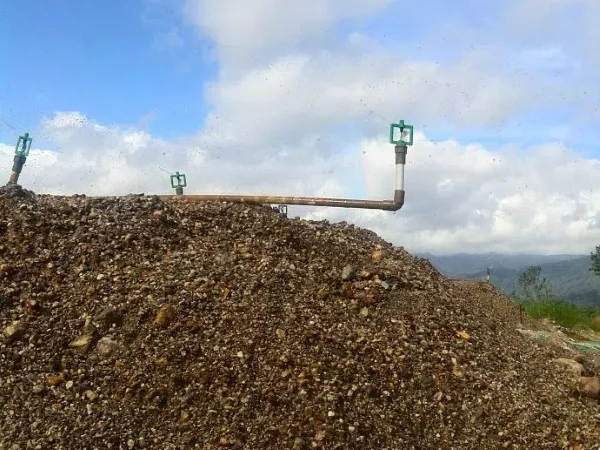
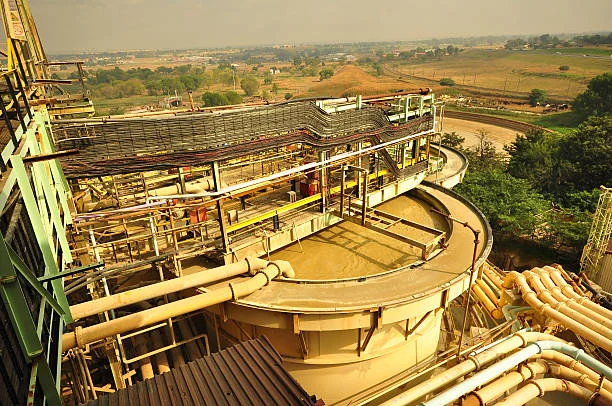

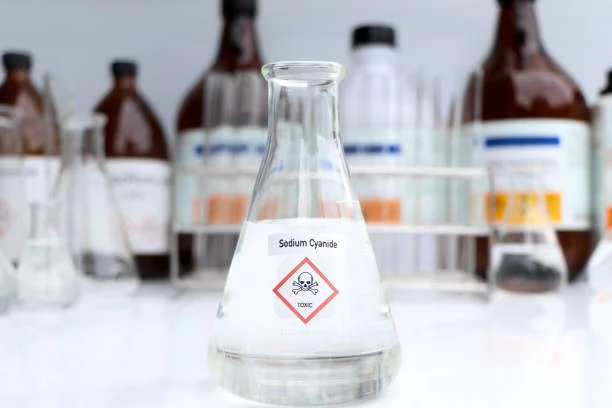

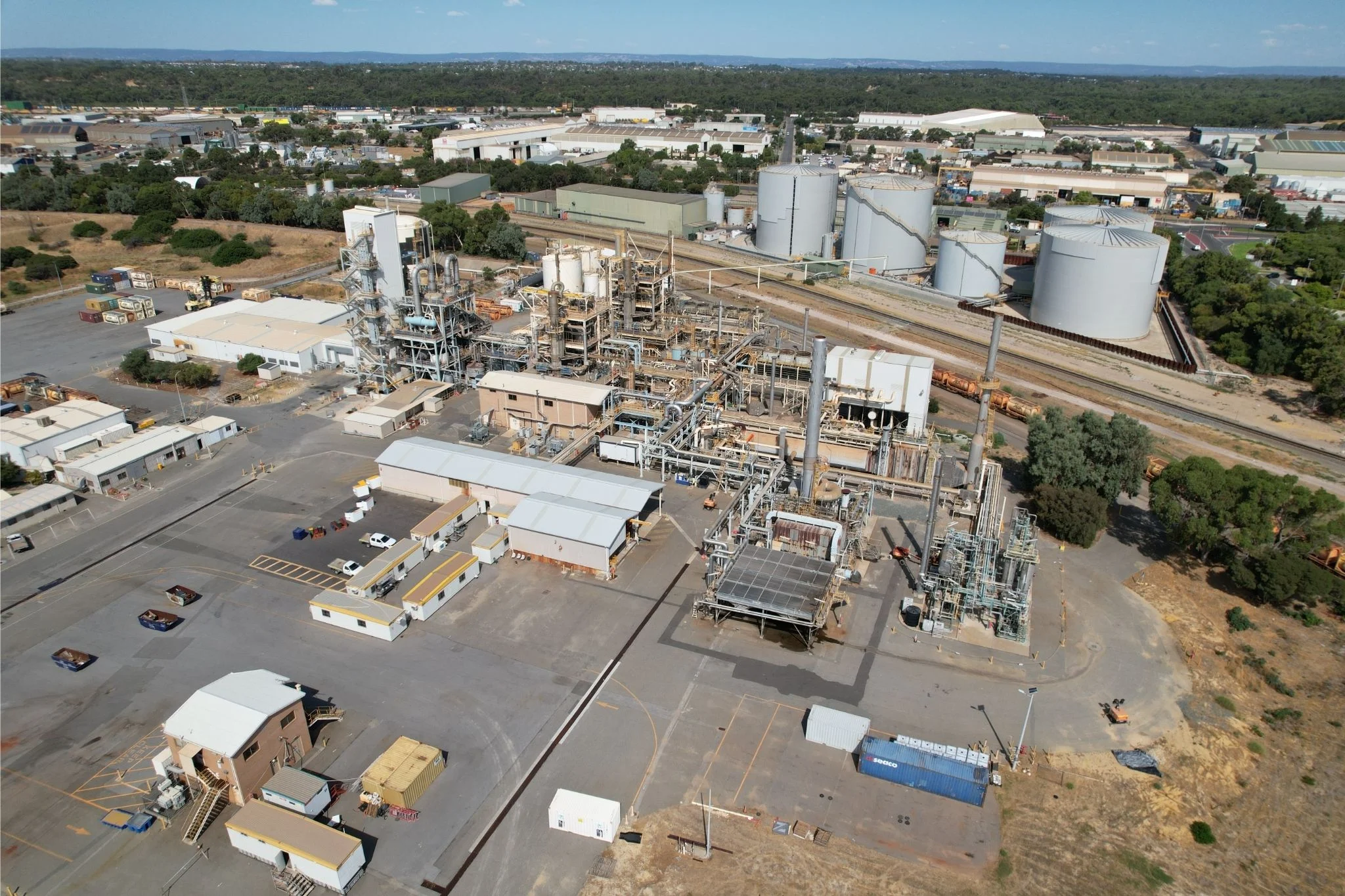



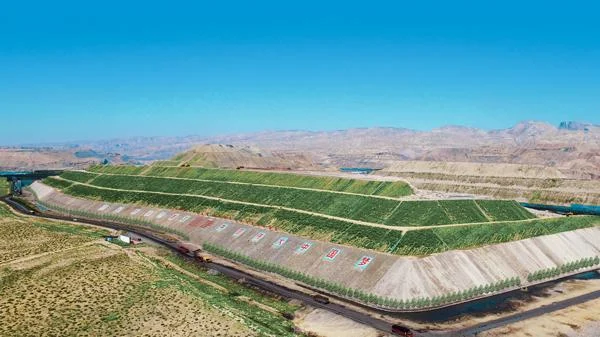

Leave a message with your needs or comments
Add comment: